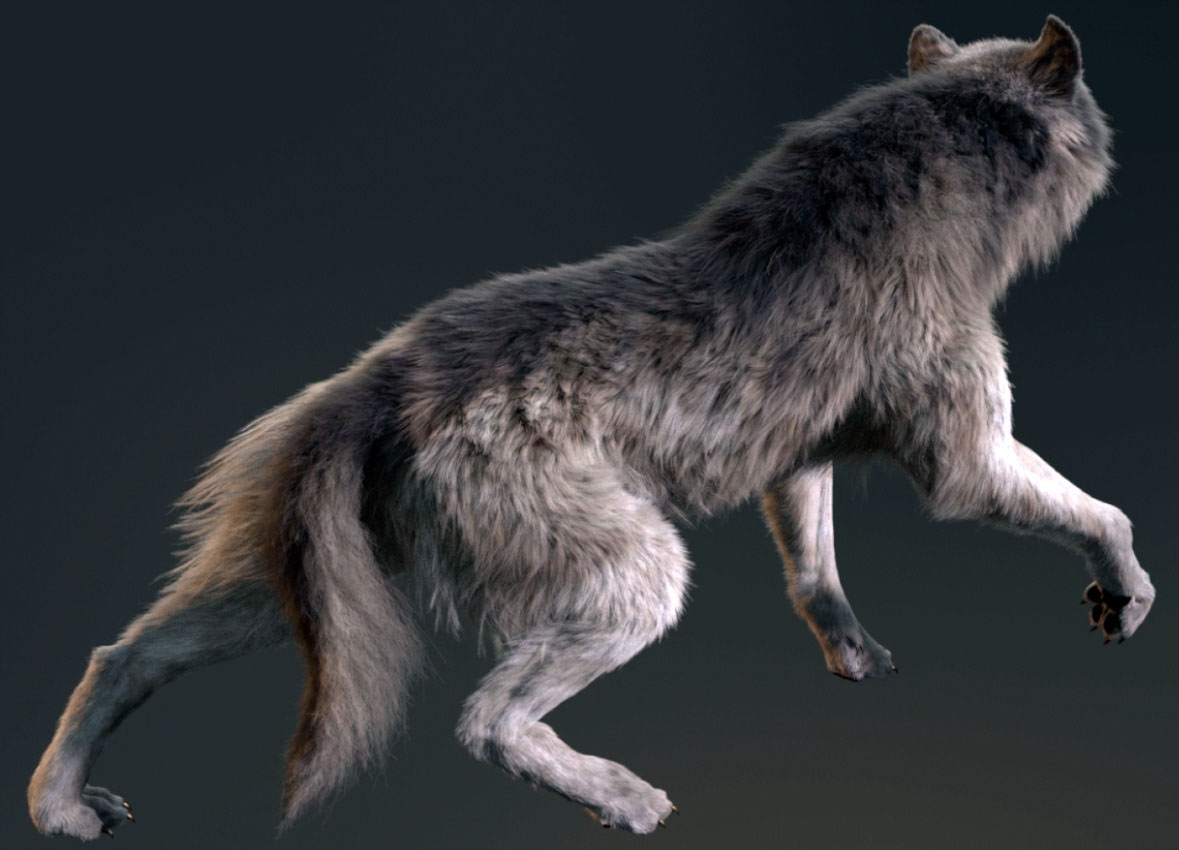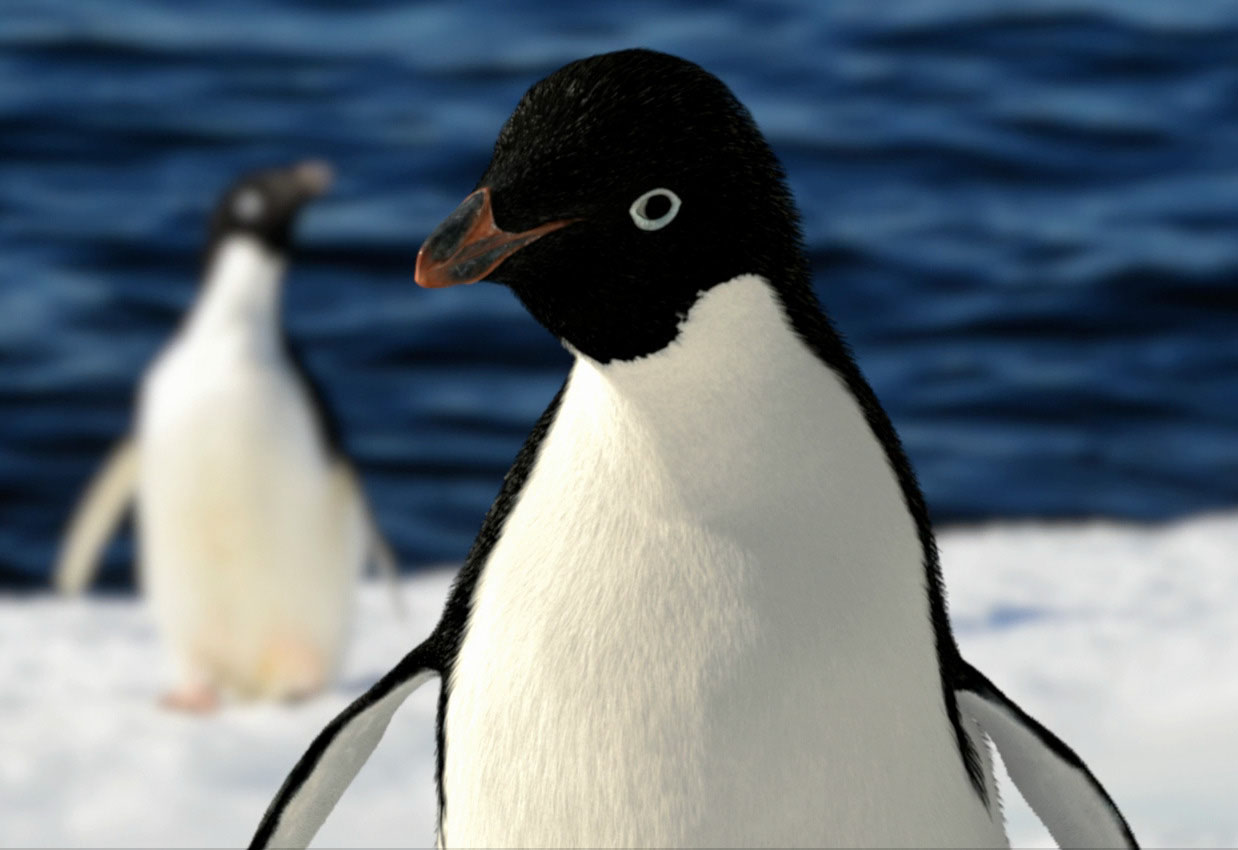“Build Your Own Procedural Grooming Pipeline”
Conference:
Type(s):
Entry Number: 54
Title:
- Build Your Own Procedural Grooming Pipeline
Presenter(s)/Author(s):
Abstract:
Although there is commercially available software for producing digital fur and feathers, creating photorealistic digital creatures under a low budget is still no trivial matter. Because no software could fulfill our purposes at the time of the making of our first movie Mr. Go, we decided to develop our own custom solution, ZelosFur [Choi et al. 2013]. While it made possible furry digital creature creation for subsequent projects, this prototypical system lacked the flexibility to easily add new features with backward compatibility and did not provide artists with enough freedom or control over the grooming process. Zelos Node Network (ZENN) is a new procedural solution that allows for quick, easy, and art-directable creation of all kinds of body coverings for digital creatures (e.g. fur, feathers, scales, etc.) By extension, it can also be used to create forests, rocks, and verdant landscapes for digital environments. In this talk, we discuss how to design and implement a procedural grooming workflow within ZENN and briefly address our caching and rendering process.
References:
Wanho Choi, Taekyung Yoo, Sanghun Kim, Hyeong-Seok Ko, and Tae-Yong Kim. 2013. Building Efficient Fur Pipeline for a Low Cost Production of Creature-based Feature Film. In Digital Production Symposium, Vol. 1.Google Scholar
Keyword(s):
Acknowledgements:
We would like to thank to all the talented artists, engineers, supervisors, and producers at Dexter Studios for their help and enthusiasm.







